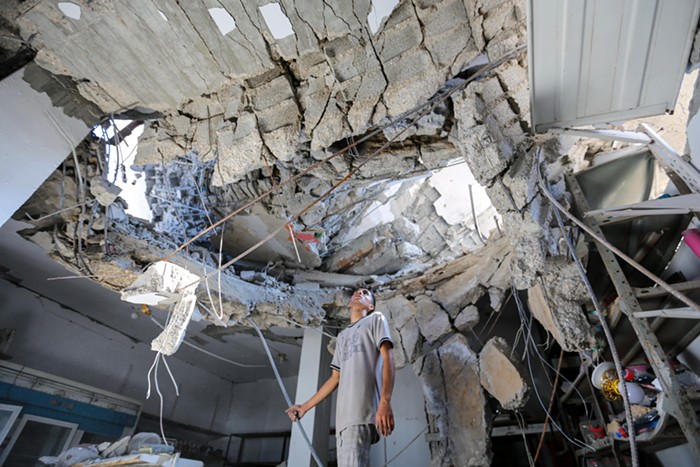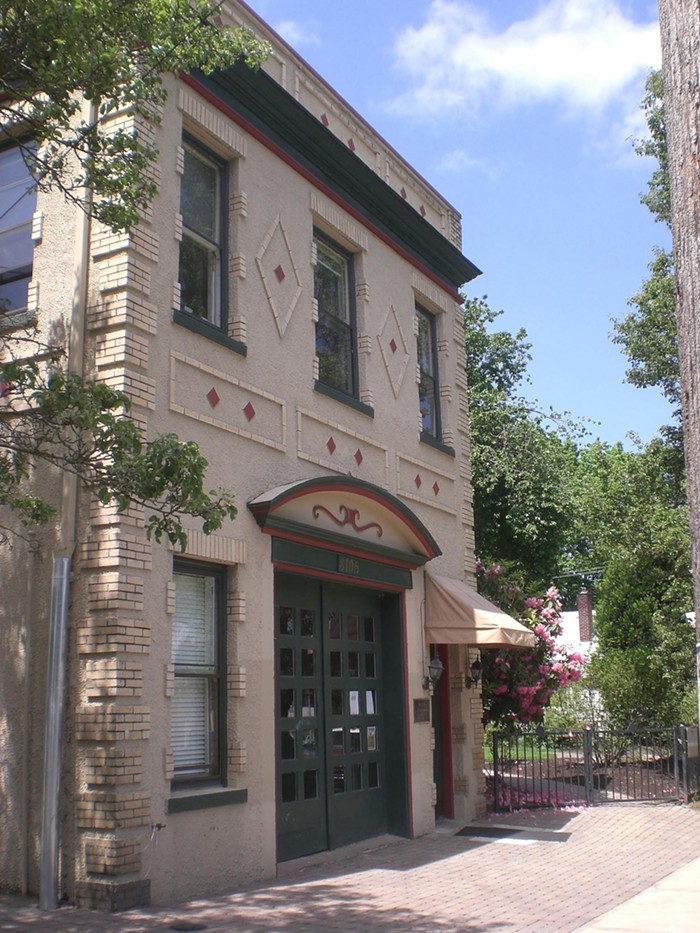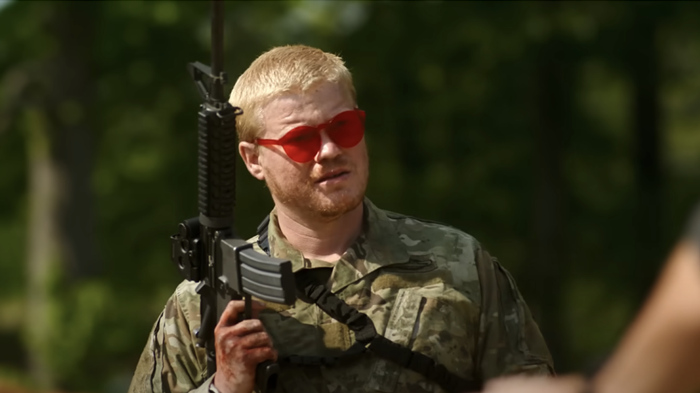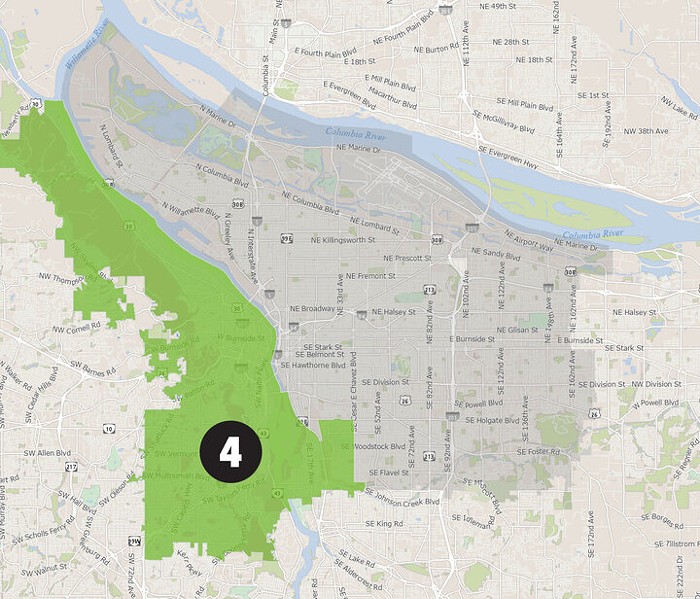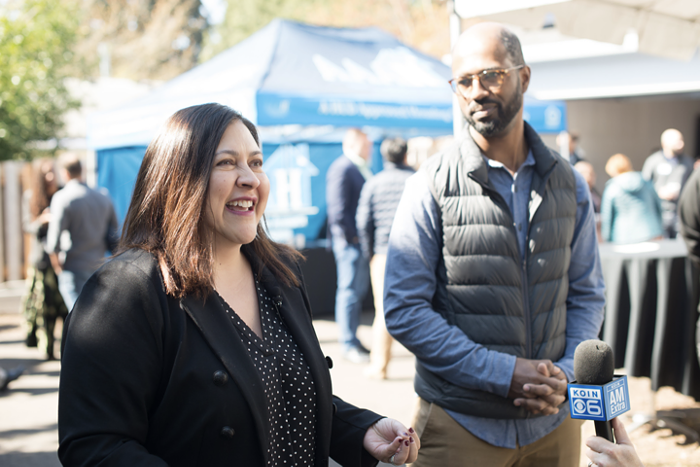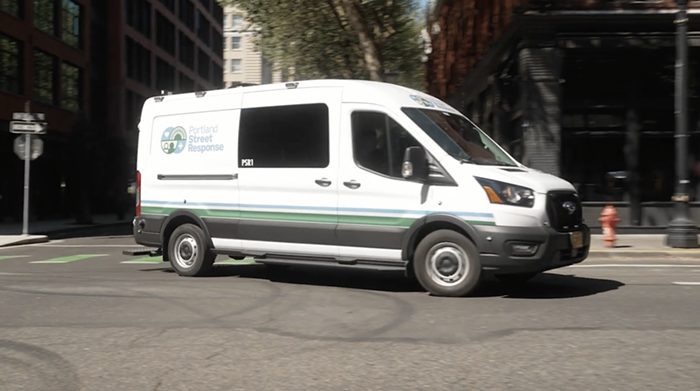REMEMBER HOW the Portland Police Bureau was supposed to turn over all sorts of documents relating to its handling of Occupy Portland protests and arrests? Three months after a judge gave the order, and after a few false starts and a missed deadline, those records finally showed up—providing a rare, unvarnished glimpse into how cops prepare for major protests and what they thought of the Occupy movement as it evolved. Lucky for you, the Mercury has perused all 134 pages (PDF) of 'em! Here are some highlights:
OCCUPY SPIES: Besides dedicating officers to monitoring online activity, and sending uniformed cops to take notes and report on general assembly meetings, the bureau at one point also tapped undercover transit cops to help monitor the movement. The police documents also refer to "an Occupy Portland source." Whether this was an informant, or just another term for checking Facebook and Twitter, is still unclear. Defense attorney Richard McBreen, who filed the motion that produced the documents, told the Mercury he's asking the Multnomah County District Attorney's office to hand over the name of this and any other informant.
A HELPING HAND: The DA made sure to give some legal advice before the cops busted up the Occupy camps and made their mass arrests in November. This included all the laws the cops could charge protestors with breaking, role-playing scripts for how to give orders, and a “mass arrest checklist.” The DA’s office even changed its legal advice this year. Reflecting the fact that most occupiers wound up charged with traffic violations, not the more serious misdemeanor charges they were dragged in on, the DA’s list now includes traffic counts. Whether future protests will be dominated by mass ticketing instead of mass arrests remains to be seen.
OUTSIDE HELP: One unanswered question about protests is who's really in charge of the out-of-town cops we bring in to keep crowds in check. That's a big deal, because when out-of-town cops use excessive force, they're not subject to Portland's stricter oversight system ["Hands Off, Portland!" News, Jan 12]. A February 29 mission plan from a Salem riot squad sheds some light on that issue. On the good side, Salem officers were told they couldn't make any arrests without Portland's permission and also had to abide by Portland's rules on smoke, tear gas, and pepper-spray. But then those same officers were also told they could do whatever was necessary to keep protesters from grabbing at their batons.
TAKING THE STREETS: Turns out the police really do have a "magic number" in mind, at least sometimes, when deciding if a protest march should stay on the sidewalks or take the street with impunity. Before a February 14 anti-brutality march in Southeast, cops wrote they would cede the streets if at least 200 people showed up. Before the unpermitted May Day march that saw beatdowns and arrests, cops also were told to keep the streets clear only "if resources allow"—meaning if they weren't outnumbered. And before a permitted March 4 event, cops were told to keep occupiers on the sidewalks only if they numbered less than 100.
BIG RED: Portland police carry the same nasty, concentrated, bear-stopping Red Sabre MK-9 pepper spray made famous by the iconic shot of a cop spraying a bunch of kneeling students during an Occupy clear-out down in Davis, California. But mission plans make it very clear that the stuff can be used only by supervisors, or at their direct command. The only time cops seriously considered using it? During the final clearing of Chapman Square, against a holdout group of occupiers who'd barricaded themselves into a redoubt the cops had dubbed "the 420 tent."
420, DUDE!: The cops were so worried about the 420 tent during the eviction that the police reported concerns about a "Strong vinegar type smell coming from the 420 Tent." They put on gas masks before entering and arresting the occupants.
AMPED UP: Occupiers have long wondered why the police cracked down particularly hard on an unpermitted January 25 dance party march that raucously invaded downtown after a celebration of the Egyptian revolution's one-year anniversary. The police plan, drawn up early that morning, hints at a big reason why: The cops were on edge because of an officer-involved shooting earlier that morning. Despite preparing their mission plan only a few hours after police shot a suicidal man atop a parking garage, the cops cited increased "internet activity" when deciding that officers should preemptively don full riot gear and get ready to rumble. And rumble they did—making arrests and roughing protesters up.
WITH A CAPITAL "A": The police bureau is very worried about "Anarchists." Repeatedly, and especially in 2012, they raised internal warnings about "Anarchists" keeping stockpiles of metal pipes, shields, and fireworks. And while some rowdy kids dressing the part, who did break a few things, dominated an unpermitted march on February 6, "pyrotechnic devices and projectiles such as paint bombs, rocks, bottles, roman candles, and possibly even Molotov cocktail bombs" never showed up. "Anarchists" also failed to meet similar expectations on February 29.

